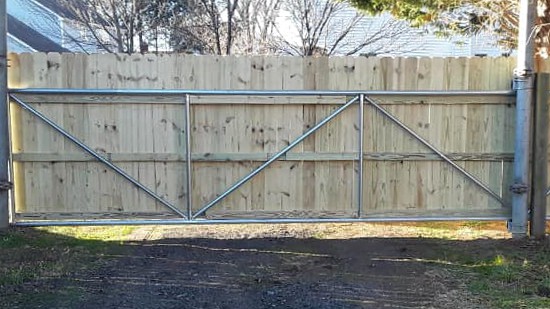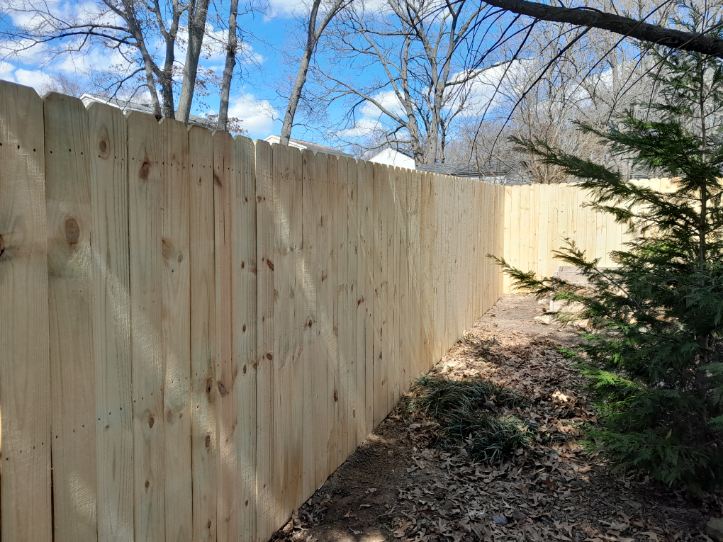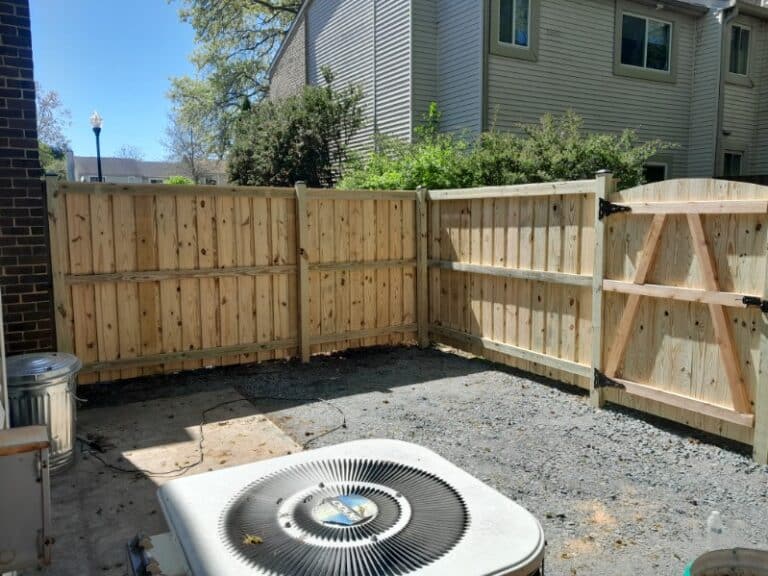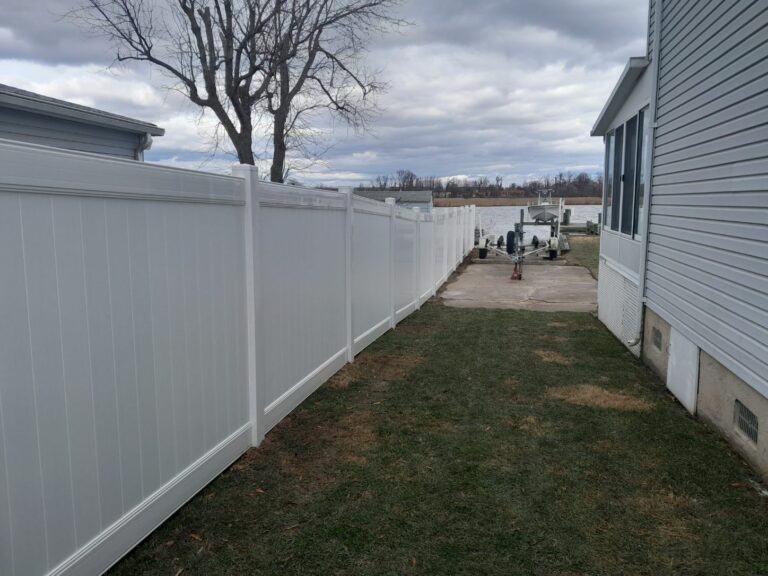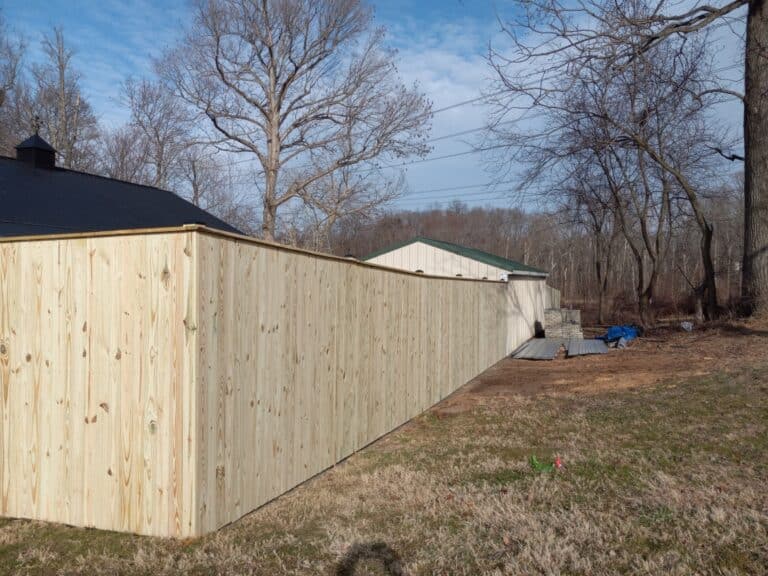Need a large fence gate at the entrance of your property? How about a gate for the parking area or homestead? Most small fence gates operate on swinging hinges, but the swing style isn’t always practical for large gates. In this guide, we’ll compare swing gates vs. sliding gates to decide which style is right for you.
What Is a Swing Gate?
A swing gate swings open, much like a door in your house. Some swing gates are made with two sets of “doors,” while others have a single gate to cover the entire opening. The gates can lock, swing in one direction, swing in both directions, and fit just about any design you can think of.
What Is a Sliding Fence Gate?
A sliding fence gate slides on a set of railings. It opens parallel to the fencing, much like a sliding glass door. Most sliding gates just have one panel covering the opening, but they can be designed to suit your needs. Sliding fences do not require the same clearance as swing gates, but they do require room for the panel to slide open.
Comparing Swing Gates vs. Sliding Gate for Fences
Both swing gates and sliding gates offer security for your fencing. Nevertheless, one may be better suited for your needs than the other. Let’s compare some of the key features in sliding gates vs. swing gates.
- Swing gates require more room to swing open. A sliding gate operates much like a pocket door in a home. It does not require clearance in front to swing. If you have limited room on the opening side of the gate, a sliding fence may be a better fit for your property.
- Sliding gate mechanisms typically cost more than swing gates. This is because swing gates operate on simple hinges, while sliding gates require a more elaborate track to work. During your consultation, we can find a design that aligns with your budget.
- Some sliding gates are slow to open. It all depends on the type of hardware you choose for your gate. Once again, we can help you find the right mechanisms for your needs.
- You can pull into a sliding opening when it is partially open. This is more difficult to do with a swing gate. A swing style may not allow sufficient access until it is completely open, but you can get into the fenced area fairly easily once the sliding starts.
- Sliding gates are usually better for windy areas. A swinging gate may take off with the wind, but a sliding gate hugs the fencing and provides more structural stability through the gusts.
- Swinging gates are better if you have limited room on the sides of the fence. For instance, if you’re installing a gate on the smallest side of the fence, you may not have sufficient space for the gate panel to fully slide over. If you have enough space to support a swinging gate, that may be your best option.
- A sliding gate may be better if the fence is on a hill. The slope of the hill may create safety hazards with a swinging gate, or it may not allow the gate to open at all.
What Type of Fence Gate Should I Get?
Both sliding gates and swing fence gates work well for most properties. The gate style you choose should be based on the specific challenges on your property, as well as your functional goals, design taste and budget. The fence experts here at All Around Fence can help you find the right option for your fencing. If you want to convert a swing fence to a sliding fence (or vice versa), we can assist with that as well.
Give us a call at (443) 838-9374 to schedule your fence gate quote.

